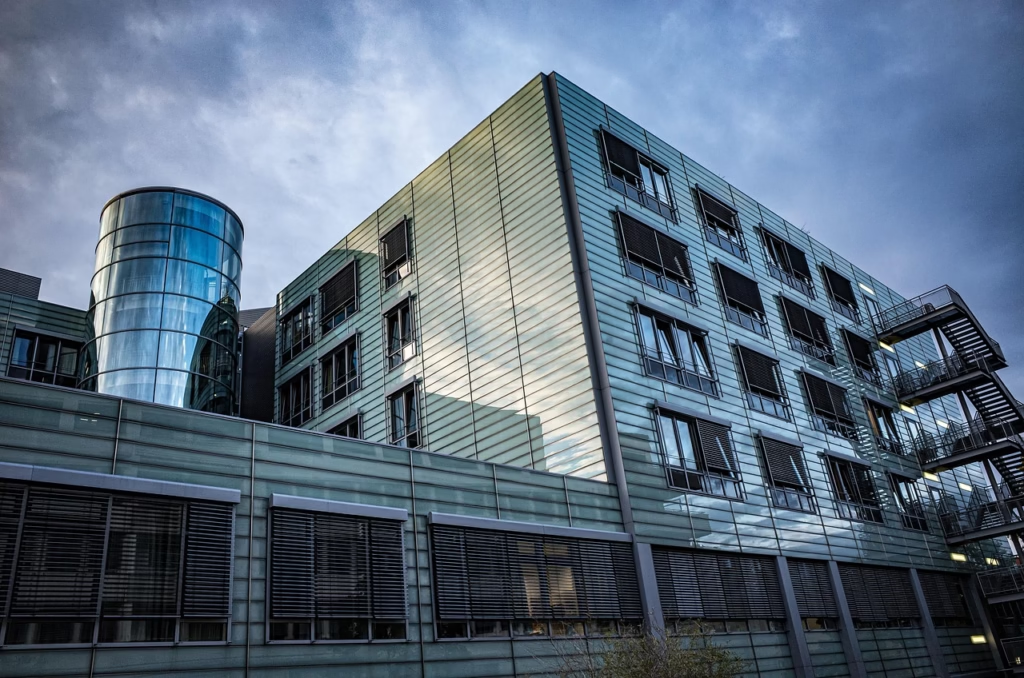Western Australia’s $104M digital health upgrade is more than hospitals going digital — it’s a property game-changer. From Perth precincts to regional hubs, housing demand is set to surge as jobs grow and liveability improves. Homebuyers and investors who act now can lock in lifestyle gains, secure rental demand, and build long-term wealth before the market catches up.
Read moreWestern Australia’s $104M Digital Health Boom: What Home Buyers & Investors Must Know
Healthcare upgrades aren’t usually the first thing people think of when it comes to property. But Western Australia’s $104 million digital health revolution is quietly shaping the Western Australia property market in ways most buyers and investors are missing.
This isn’t just about hospitals getting better IT systems. It’s about jobs, demand, and liveability — three pillars that directly drive property values and are important factors for consumer demands. If you’re serious about building wealth through property, now is the time to pay attention.
The Big Picture: Why Digital Health Equals Property Growth
Western Australia is rolling out a $247 million digital transformation for healthcare, with $104M specifically for electronic medical records. This connects hospitals across Perth and regional hubs like the Mid West, Kimberley, Wheatbelt, Great Southern, Southwest, Goldfields and Pilbara.
Here’s what that means for property:
- More healthcare jobs → Doctors, IT staff, admin, allied health = more renters and buyers.
- Regional liveability boost → Families no longer need to travel to Perth for services.
- Stable demand → Healthcare is one of the most resilient job-creating industries in Australia.
Takeaway: When essential industries expand, property near those hubs becomes more valuable — both for rental and resale but what you need is a CLEAR Strategy.
How Western Australia’s Health Revolution Impacts Property
When governments spend big on healthcare, it doesn’t just mean better hospitals — it means more jobs, more families, and more housing demand.
WA Health’s $104M digital upgrade is already transforming the sector. With 13,000+ staff using the new systems — from IT specialists and data analysts to administrators and clinicians — this number will only grow as the rollout expands across Perth and regional WA.

Why Jobs Matter to Property
Employment growth is one of the strongest predictors of housing demand. More healthcare staff means:
- Consistent rental demand → Healthcare and IT professionals are reliable long-term renters, bringing stability to investor portfolios.
- Owner-occupier appeal → Workers often choose to live near their hospitals, boosting buyer competition in those suburbs.
- Regional uplift → Digitally connected hospitals make regional centres more attractive for families and professionals, turning “country towns” into growth hubs.
For Investors
If you’re building a portfolio, properties near hospital precincts offer two things that rarely come together: yield stability and growth potential. Healthcare jobs don’t move offshore, and they don’t disappear in downturns.
For Home Buyers
If you’re buying to live, homes near upgraded healthcare hubs not only gain from strong community infrastructure but also enjoy future resale demand — healthcare precincts rarely go out of fashion.
Buyer & Investor Tip
Focus on properties within 10km of major hospitals in Perth (Murdoch, Nedlands, Bentley) or in regional centres now digitised (Great Southern, Pilbara, Goldfields). These are the suburbs where demand — and prices — will rise first.
Western Australia’s Hidden Goldmine: Medical-Adjoining Property
Hospitals upgrading their systems makes smaller clinics and allied health practices more viable. That means demand for:
- Consulting suites
- Specialist clinics
- Medical office space
Property Play: Commercial medical assets historically outperform during health upgrades. Yields may compress, but long-term growth is strong.

Regional Growth: Why It’s Different This Time
Regional WA towns like the Wheatbelt or Goldfields used to lose families to Perth for treatment. Now, digitisation means quality care locally. That’s a game-changer for population retention.
For investors and buyers:
- Families are more likely to stay regional → consistent housing demand.
- Towns become attractive for relocators → growth corridors emerge.
- Regional diversification = balance against Perth-only portfolios.
Investor Insight: Regional properties near upgraded hospitals often deliver higher yields than metro, while still benefiting from capital growth.
Where the Smart Money is Moving
Here’s the tiered opportunity map for the Perth property and regional market:
Tier 1 (Low Risk, Moderate Growth):
- Murdoch (Fiona Stanley Hospital)
- Nedlands (Sir Charles Gairdner Hospital)
- Bentley Health Campus
Tier 2 (Balanced Play):
- Midland Health Precinct
- Joondalup Health Campus
- Strong regional centres (Great Southern, Goldfields)
Tier 3 (High Risk, High Reward):
- Remote hubs gaining healthcare access for the first time
- Industrial sites rezoned for healthcare use
Property Strategies for Different Buyers
For Home Buyers:
- Upside without cost: Buy near precincts before upgrades; benefit from lifestyle, culture, and resale uplift later.
- Long-term security: Areas tied to essential services hold value even in downturns.
For Investors:
- Conservative Play: 2–3 bedroom apartments near hospitals → stable rental demand.
- Moderate Play: Small medical offices or consulting spaces.
- Aggressive Play: Regional healthcare hubs with digital upgrades.
Risk Factors You Can’t Ignore
Even government-backed projects carry risk. Smart property advisors always stress-test the plan:
- Policy change risk → Political cycles can shift funding.
- Technology obsolescence → Future upgrades may outpace today’s systems.
- Regional dependence → Mining/agriculture downturns can soften regional demand.
Mitigation Strategy: Diversify across metro and regional, structure investments via SMSFs or trusts for tax efficiency and protection, and focus on owner-occupier appeal.
Action Steps: What You Should Do This Month
- Map Perth and regional hospital catchments.
- Track employment ads for WA Health (a direct signal of demand).
- Research rental yields near Tier 1 hospital precincts.
- Build a shortlist of suburbs where demand is rising but prices haven’t yet moved.
- Speak to a buyer agent or property advisor before October when competition heats up.
The Bottom Line
WA’s $104M healthcare digitisation isn’t just an upgrade. It’s a structural shift that makes Perth and regional centres stronger, more connected, and more liveable.
Home buyers get lifestyle and security. Investors get long-term rental demand and capital growth opportunities. But timing is critical — the smart money is already positioning before the broader market catches on.
If you want to invest smart and build wealth through property in Perth and regional WA, now is the window. Book your consultation with us — we’ll help you identify the suburbs and strategies that put you ahead of the curve.
Please note that this analysis is based on publicly available information and general market observations. Please always conduct your own due diligence and consult with qualified professionals before making investment decisions.
show less